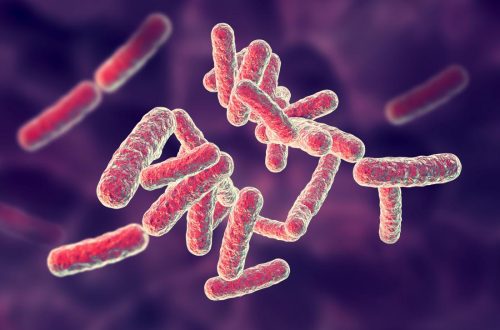Lymphocystosis (Panciform Nodularity)
Lymphocystosis is a disease caused by certain strains of the virus that affects mainly highly developed groups of fish, such as cichlids, labyrinths, etc.
The disease does not spread to fish of the carp family, catfish and other less developed groups. This viral disease is quite widespread, rarely leads to the death of fish.
Symptoms:
On the fins and body of the fish, spherical white, sometimes grayish, pink edemas are clearly visible, resembling small cauliflower inflorescences or clusters in their appearance. White areas appear around the eyes. Since the growths do not disturb the fish, the behavior does not change.
Causes of the disease:
The main reasons include weakened immunity (due to unsuitable living conditions) and the presence of open wounds through which the virus enters the body. In rare cases, the disease is transmitted from one fish to another, usually when a healthy fish nibbles on growths on the body of another.
Prevention:
Despite the fact that the disease is not very contagious, you should not let sick fish into a common aquarium, and you should also refuse to purchase such fish.
Keeping the right conditions, maintaining high water quality and good nutrition can significantly reduce the likelihood of disease.
Treatment:
There is no drug treatment. Sick fish should be placed in a quarantine aquarium, in which all the necessary conditions should be recreated. Within a few weeks, the growths themselves are destroyed.




